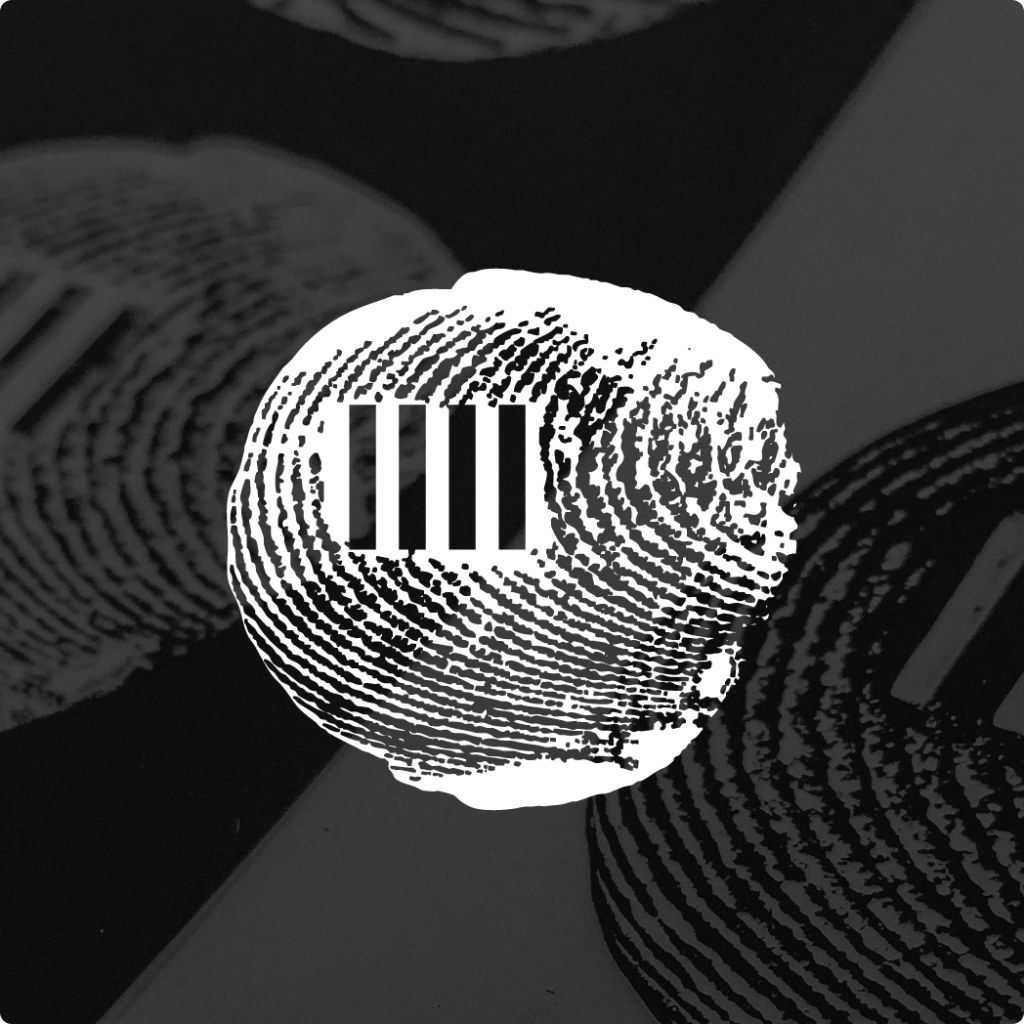The Konton (Chaos) Mark
In his essay “Creating a University” (Kogei News 1, Vol. 39, 1971), Shinji Koike, the first president of the Kyushu Institute of Design, reflects on the tension between specialization and broader perspectives. He writes:
The more specialized a person becomes, the more they are respected as an academician. But the more they broaden their perspective, grounded in a deep human foundation, the more they risk being dismissed as a dilettante.
Here, Koike expresses concern about traditional engineering education, where each specialized field evolves independently, causing a division between nature and humanity. He argues that the role of a designer is to create the best possible plans for improving life by collaborating with experts from different fields, a process he calls “creative coordination.”
In other words, while engineers are often highly specialized in vertical fields, the ideal student should be a generalist with horizontal expertise across various disciplines.
Koike sees design as not a specialized technical skill but a form of comprehensive knowledge. He believes that staying alert to the dangers of over-specialization is key to protecting the global environment. This philosophy is embodied in the “Konton (Chaos) mark,” the academic emblem of the Kyushu Institute of Design and the successor, the Faculty of Design at Kyushu University.
Taking care of the natural environment of the Earth we live on is our most important premise, but I will leave this topic for another occasion. For now, I will simply mention our academic emblem, the “Konton Mark,” which symbolizes our philosophy. The idea for this mark is based on an allegory found in Zhuangzi: In Response to the Emperor 7, and it was designed by Kenjiro Azuma, a sculptor residing in Milan.
The Zhuangzi story tells of the gods of the South and North Seas, who, to repay chaotic nature named Hun Dun, in Japanese translation “Konton” for its hospitality, opened one of the seven holes—eyes, ears, nose, and mouth—each day. On the seventh day, Konton died. This tale critiques how people can become trapped by absolutizing the flame, like the sense organs, through which they gain knowledge.

The four windows described in the emblem, “Konton mark,” represent the four departments, Environmental Design, Industrial Design, Visual Design, and Acoustic Design, in the Kyushu Institute of Design, which were established when the school first opened. These departments should serve as windows through which various technologies are synthesized from a humanistic perspective, free from the limitations of specialization. However, they also represent potential holes, as they could become silos of sectionalism led by professors focused solely on their own disciplines. Both the academic emblem of the Kyushu Institute of Design and that of its successor, the Kyushu University Faculty of Design, reflect a self-critical philosophy of staying vigilant against the dangers of specialization and fragmentation.
(KOGA Toru)
